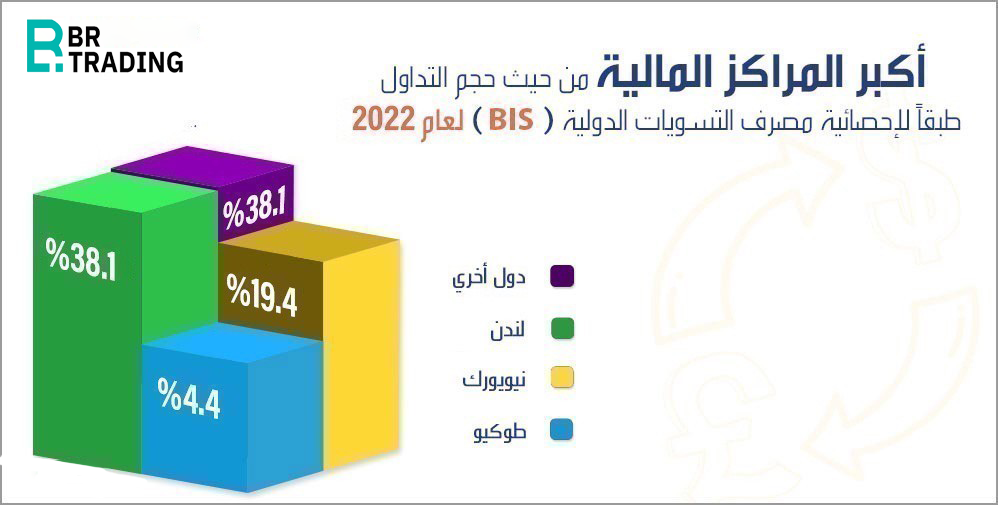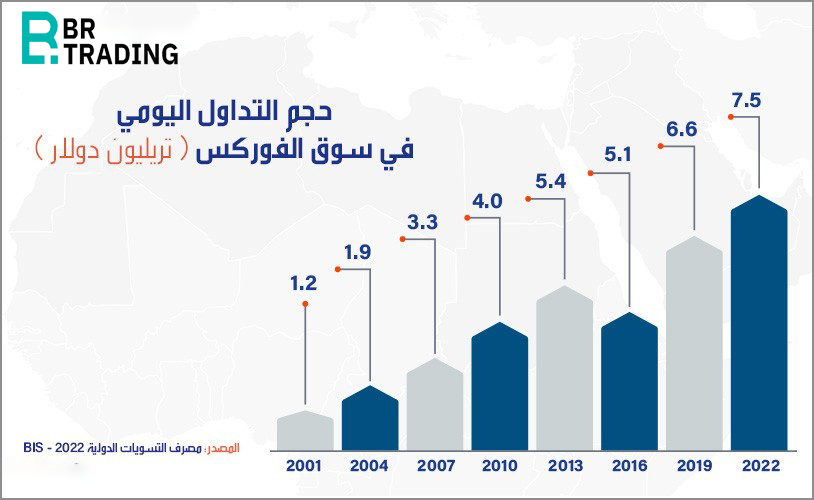
- Home
- About us
- Courses
-
News
Others
- ترمب يعلن اتفاقاً "تاريخياً" مع الاتحاد الأوروبي لتفادي حرب تجارية
- قرار الفيدرالي اليوم.. غموض متوقع حول مسار الفائدة ومعارضة قد تشق الصف
- للمرة الخامسة.. الفيدرالي يبقي الفائدة دون تغيير متجاهلاً ضغوط ترمب
- نتائج الشركات تدعم وول ستريت بعد تراجعها إثر مواقف الفيدرالي
- مؤشرات الأسهم الأميركية ترتفع وسط رهانات على خفض قريب لأسعار الفائدة
- فوضى في سوق الذهب العالمية جراء رسوم أميركا المفاجئة
- ترمب يدرس السماح لـ"إنفيديا" ببيع شريحة "بلاكويل" إلى الصين
- "وول ستريت" تواجه معضلة التحوط مع تضخم التقييمات
- الأسهم الأميركية تتراجع من مستويات قياسية وسط بيانات اقتصادية متباينة
- أبرز الاستنتاجات من ندوة الاحتياطي الفيدرالي في "جاكسون هول"
- ما العملات المستقرة؟ وكيف يجري تنظيمها؟
- الاتحاد الأوروبي يقترح إلغاء الرسوم على سلع أميركية تلبية لمطالب ترمب
- ترمب يعفي الذهب واليورانيوم ومعادن أخرى من الرسوم الجمركية
- المركزي الصيني يواصل شراء الذهب للشهر العاشر على التوالي
- أسبوع حاسم للسياسة النقدية العالمية.. "الفيدرالي" يتأهب لأول خفض للفائدة في عهد ترمب
- الأسواق تترقب خفض الفائدة.. ورهانات صعود الأسهم والسندات تتراجع
- الأسهم الأميركية تبلغ قمة جديدة مع توسع توقعات خفض الفائدة
- بعد خفض الفائدة.. باول يوحد صف الفيدرالي وسط عواصف السياسة والاقتصاد
- آمال الأسواق تتعلق بمكالمة ترمب وشي اليوم.. وهذا كل ما تحتاج لمعرفته
-
Education
- Currency Pair System in the Forex Market
- Features and Characteristics of the Forex Market
- The Concept of Leverage and Its Sizes
- The Concept of Financial Markets
- What Is Margin and How Does It Work?
- Types of Forex Market Participants & Their Purposes:
- Swap Benefits or Rollover in Trading
- MetaTrader 4 Program Explanation
- Calculating the Point Value and Profit/Loss Calculation
- Types of Trading Orders in Forex
- Forex Trading Mechanism
- Trading Contracts in the Currency Market
- Understanding Price Movement in the Forex Market
- Understanding Forex Market Sessions and the Power of Liquidity Overlaps
- Top 8 Traded Currencies in the Forex Market and Their Global Impact
- Open Live Account
Category One: Speculative Traders (Profit-Seeking)
These are participants who trade for the purpose of making profits from rapid changes in currency prices.
They make up 91% of the total trading volume in the Forex market.
Examples include:
-
Major investment banks (core members of the Interbank network)
-
Hedge funds and investment funds
-
Asset management companies
-
Brokerage firms
-
Large individual traders
These participants aim to capitalize on price fluctuations for financial gains.
Category Two: Functional/Non-Speculative Traders
These participants trade currencies for purposes other than profit, such as travel or international trade.
They represent only 9% of the market's trading volume.
Examples include:
-
Central banks:
Engage in Forex to:-
Secure foreign currency reserves
-
Maintain exchange rate stability
-
-
Commercial companies (import/export firms):
Trade currencies to pay for goods and services across borders.
For instance, a U.S. company that wants to import goods from Japan must sell U.S. dollars and buy Japanese yen to settle the payment.

⏰ Forex Market Hours
The Forex market is a non-centralized, borderless market operating via various communication networks worldwide.
It does not have a physical location and is open 24 hours a day, 5 days a week:
-
Opens: Monday
-
Closes: Friday
-
Closed: Saturday & Sunday (global weekend break)
This round-the-clock operation allows traders from different time zones to participate at any time.

